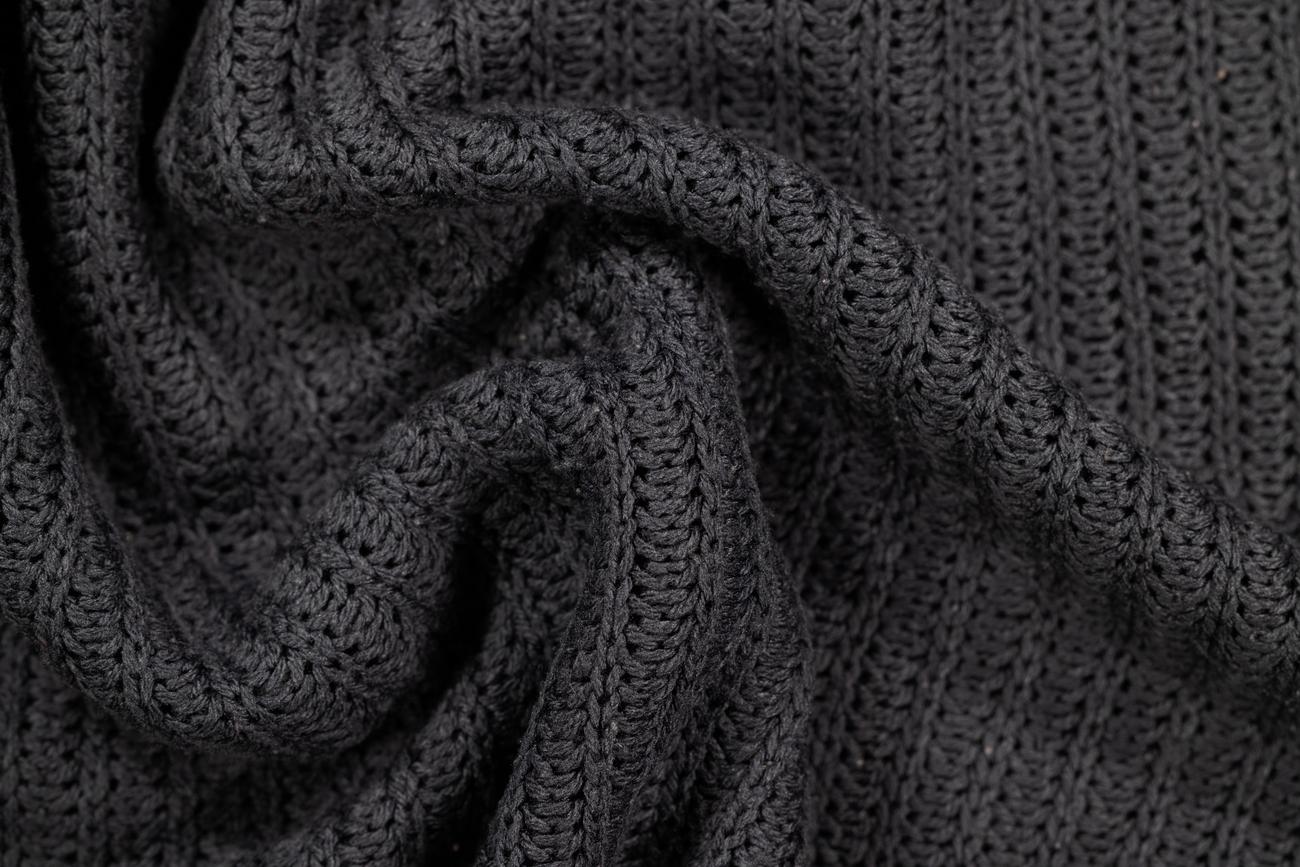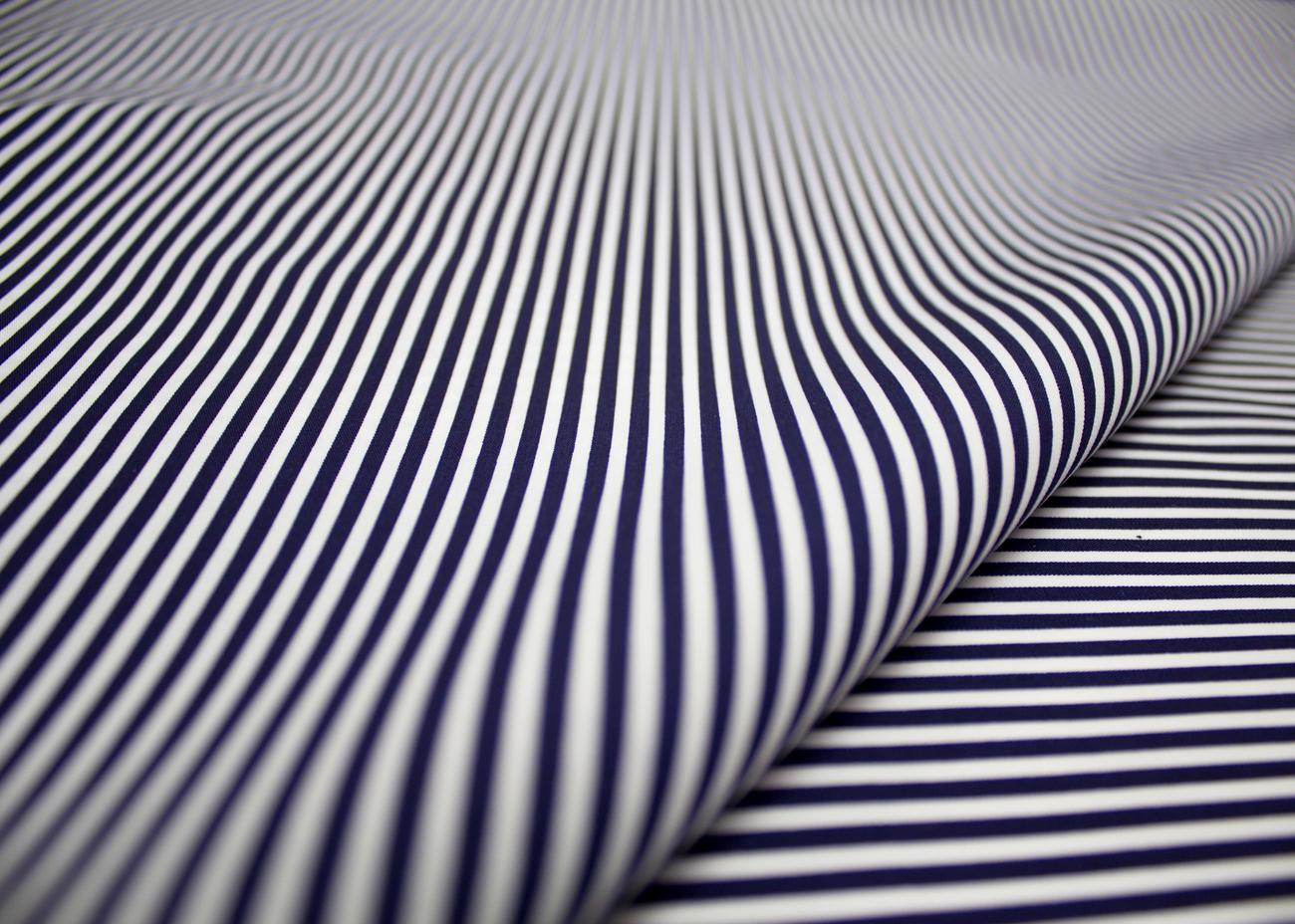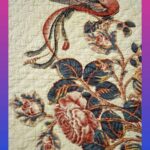Are you ready to dive into the world of textile production techniques? Get ready to explore an array of innovative and sustainable methods that are transforming the industry. In this article, we will unravel the intricacies of textile production and unveil the fascinating techniques behind it. From weaving to dyeing, printing to knitting, we will delve into the world of textiles and discover how these processes shape the fabrics we wear and use every day. Join us on this journey as we uncover the secrets and complexities of sustainable textile production methods that are revolutionizing the industry. Get ready to be inspired by the possibilities that lie within the realm of textile production techniques!

Textile Production Techniques
In the world of textile production, there are a myriad of techniques used to create unique patterns, shape garments, design textiles, and embellish fabrics. These techniques not only contribute to the aesthetic appeal of textiles but also play a significant role in sustainable production practices. Let’s delve into some of these techniques and explore how they can be used in a sustainable manner.
Creating Patterns on Textiles
One of the most exciting aspects of textile production is the ability to create stunning patterns. Techniques such as embroidery, screen printing, transfer printing, and fabric pens offer a range of possibilities for adding intricate designs to fabrics. Additionally, methods like tie dye, batik, appliqué, stenciling, block printing, quilting, and patchwork bring a touch of artistry to textiles. By harnessing these techniques with sustainable materials and dyes, we can reduce environmental impact while still achieving beautiful results.
Key Point: Sustainable textile production can incorporate various techniques for pattern creation, marrying artistic expression with environmental responsibility.
Shaping Garments
Garment shaping techniques are essential for creating well-fitting and visually appealing clothing. Gathering, which involves drawing fabric together to create pleats or ruffles, adds depth and dimension to garments. Pleats, shirring, and darts are techniques used to manipulate fabric to provide structure, shape, and flattering silhouettes. By employing these techniques in a mindful way, we can ensure minimal waste of fabric and energy during the production process.
Key Point: Sustainable textile production can utilize shaping techniques that minimize fabric waste and energy consumption, resulting in garments that bring out the best in both the wearer and the environment.
Textile Design Techniques and Processes
Textile design encompasses a range of techniques and processes that give birth to captivating fabrics. Weaving, felting, stitching, appliqué, and construction methods contribute to the creation of textures, patterns, and structures in textiles. Additionally, printing techniques enable the transfer of innovative and visually arresting designs onto fabrics. By embracing these techniques with an eco-conscious mindset, we can pave the way for sustainable fashion that doesn’t compromise on aesthetics.
Key Point: Sustainable textile production involves employing various design techniques and processes to create visually striking fabrics while minimizing environmental impact.
Embellishing Textiles
The art of embellishment breathes life into textiles, elevating them from ordinary to extraordinary. Techniques such as free hand embroidery, dissolvable fabric, heated techniques, and heat transfer dyes offer endless possibilities for adding intricate details, textures, and colors to fabrics. When implemented sustainably, these embellishment techniques create unique and eye-catching textiles without causing harm to the planet.
Key Point: Sustainable textile production embraces embellishment techniques that elevate fabrics while minimizing ecological harm.
In conclusion, the world of textile production is rich with techniques that can be harnessed in a sustainable manner. By choosing techniques that prioritize waste reduction, energy efficiency, and the use of eco-friendly materials, we can create textiles that not only captivate the senses but also help protect the environment. So let’s explore the realm of sustainable textile production techniques, where artistry and responsibility come together to weave a brighter future.
“In the realm of sustainable textile production techniques, artistry and responsibility intertwine to weave a brighter future.”
Cottontail rabbits are fascinating creatures that can be found hopping and playing in our backyards. But did you know there are three incredible facts about cottontail rabbits that will leave you amazed? Discover these intriguing facts about cottontail rabbits and dive into their captivating world.
One of the most impressive facts about cottontail rabbits is their ability to change their fur color with the seasons. In the winter, their fur becomes a lighter gray or white, camouflaging them in the snowy landscapes. However, as spring arrives, their fur turns into a rich brown or reddish-brown shade, blending in perfectly with the surrounding vegetation. This remarkable adaptation allows them to evade predators and survive in different environments.
Another fascinating fact about cottontail rabbits is their remarkable speed. Despite their small size, they are incredibly fast runners, reaching speeds of up to 18 miles per hour! This incredible agility helps them escape from predators and navigate their way through dense vegetation. So next time you spot a cottontail rabbit darting across your lawn, you’ll appreciate the impressive speed they possess.
One more astonishing fact about cottontail rabbits is their unique breeding behavior. Unlike many other animals, they don’t have a specific breeding season but instead reproduce throughout the year. This reproductive strategy allows them to adapt to changing environmental conditions and ensure the survival of their species. Females can give birth to multiple litters in a year, each consisting of four to eight adorable baby bunnies, known as kits.
These three facts about cottontail rabbits are just the tip of the iceberg when it comes to their fascinating nature. To dive deeper into the enchanting world of cottontail rabbits and uncover more intriguing information, click here: 3 facts about cottontail rabbit. Prepare to be amazed by the wonders of these adorable creatures.

FAQ
Question 1
What are some techniques used for creating patterns on textiles?
Answer 1
Various techniques for creating patterns on textiles include embroidery, screen printing, transfer printing, fabric pens, tie dye, batik, appliqué, stenciling, block printing, quilting, and patchwork.
Question 2
What techniques can be used for shaping garments in textile production?
Answer 2
Techniques for shaping garments in textile production include gathering, pleats, shirring, and darts.
Question 3
What are some textile design techniques and processes?
Answer 3
Textile design techniques and processes include weaving, felting, stitching, appliqué, construction methods, and printing.
Question 4
What techniques can be used for embellishing textiles?
Answer 4
Techniques for embellishing textiles include free hand embroidery, dissolvable fabric, heated techniques, and heat transfer dyes.
Question 5
What is the focus of sustainable textile production methods?
Answer 5
The focus of sustainable textile production methods is on reducing waste and minimizing environmental impact in the industry.
- Senior at What Age: Benefits & Eligibility Guide - March 29, 2025
- Unlocking Senior Benefits: How Old is a Senior? Your Complete Guide - March 29, 2025
- Master Russian Politeness:A Guide to Saying Please - March 29, 2025
















